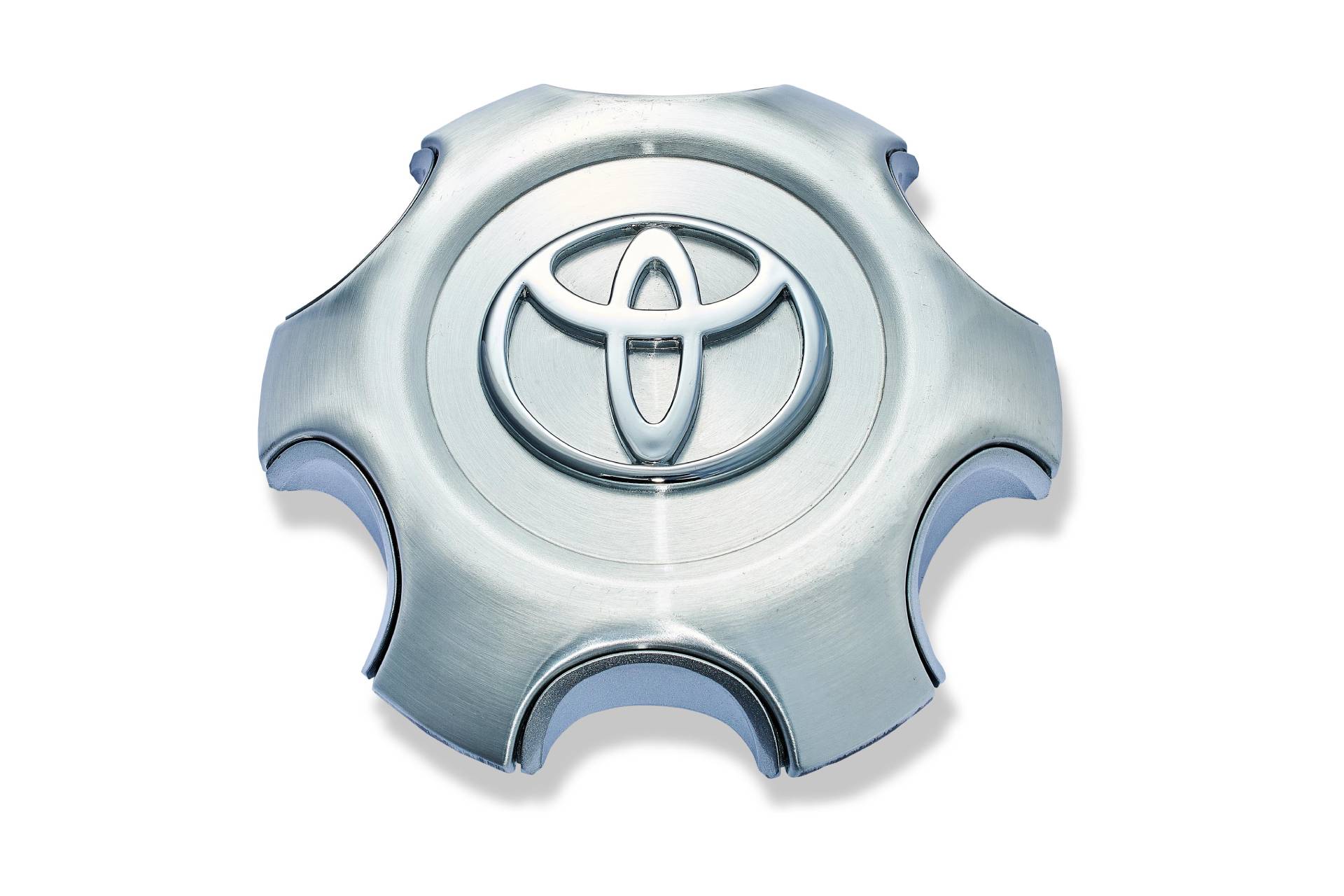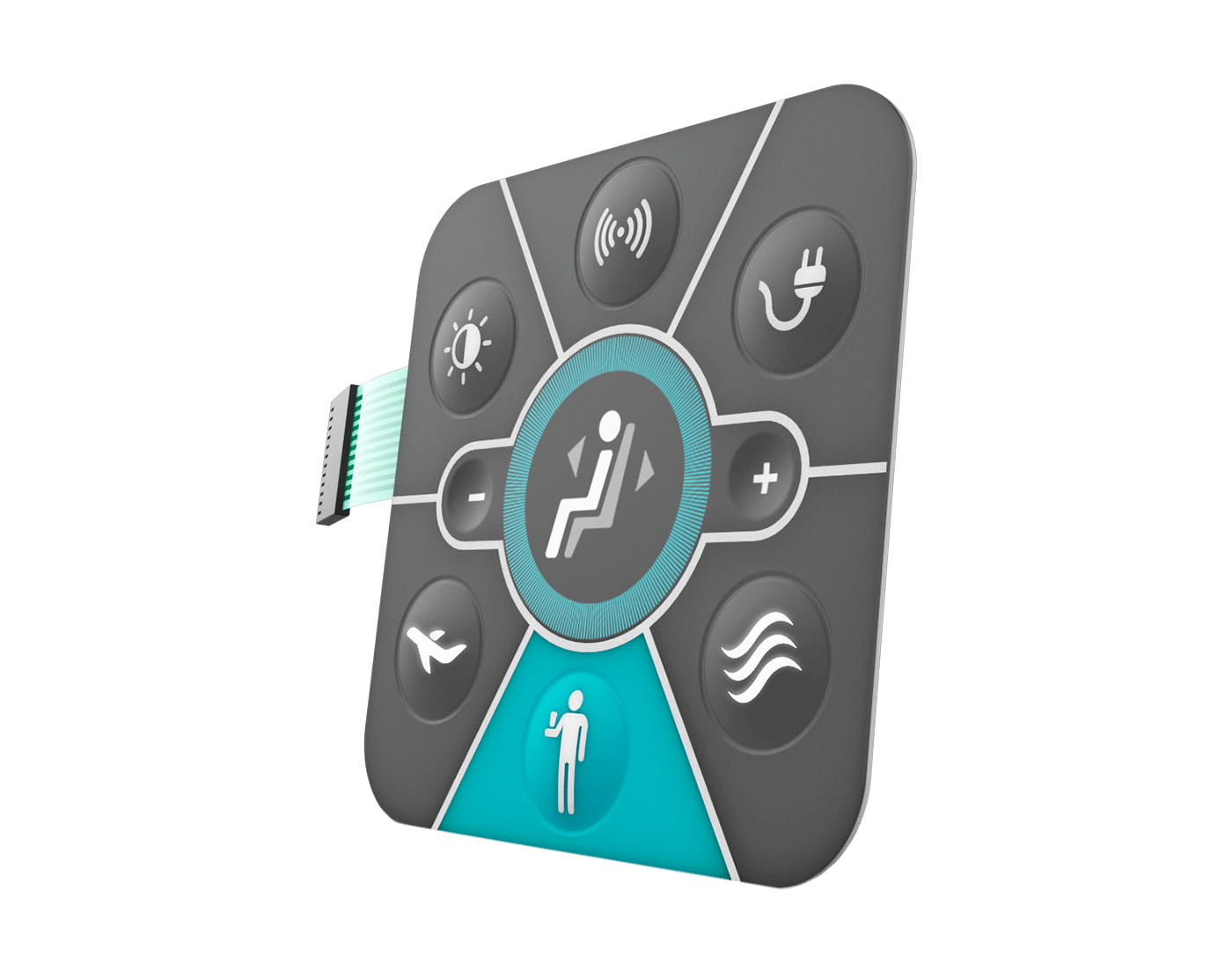Membrane Switch Manufacturer Serving Healthcare and Military Industries
Checking Out the Manufacturing Process of Membrane Switch for Numerous Industries
The production process of Membrane switches is a complicated endeavor that requires accuracy and interest to detail. From selecting appropriate products to carrying out extensive quality assurance actions, each step plays an essential duty in making certain performance. Numerous industries, including medical and auto, rely upon these components for their unique applications. Comprehending the complexities of this process reveals considerable insights into just how these buttons are generated and their effect across diverse industries.
Comprehending Membrane Switches Over: An Introduction

Trick Materials Made Use Of in Membrane Switch Production
In Membrane switch production, the choice of vital products substantially influences capability and resilience. Conductive materials, adhesives, and layers play crucial roles, while substratum option influences general performance and dependability. Understanding these parts is vital for maximizing the layout and manufacturing of Membrane buttons.
Conductive Products Introduction
Conductive products play a vital role in the functionality of Membrane buttons, ensuring trustworthy electrical links within the tool. Commonly utilized products consist of silver, copper, and carbon-based inks, each offering unique benefits. Silver is preferred for its high conductivity and sturdiness, making it optimal for applications calling for durable performance. Copper, while slightly less conductive than silver, is an affordable option typically made use of in printed circuits. Carbon-based inks give a versatile choice, appropriate for applications where versatility and lower expenses are focused on, although they have actually lower conductivity compared to metal options. The choice of conductive products directly affects the general reliability, lifespan, and performance of the Membrane button, making it an essential consideration in the manufacturing procedure.
Adhesives and Coatings
Adhesives and coatings are necessary elements in the production of Membrane switches, offering essential bonding and protective buildings. These products guarantee that various layers of the switch, including visuals overlays and circuitry, adhere firmly to one an additional, enhancing sturdiness and functionality. Generally used adhesives consist of pressure-sensitive adhesives (PSAs) and epoxy-based solutions, which supply solid bond and resilience. Coatings, such as polyurethane or acrylic, offer to protect versus environmental factors, including wetness, abrasion, and chemicals. Additionally, coatings can boost tactile responses and visual appeal, adding to the overall individual experience. The choice of suitable adhesives and coatings is critical for maximizing performance and long life in varied applications across numerous markets, making certain that Membrane changes fulfill certain functional demands.
Substrate Option Aspects
Substrate option plays a crucial function in the manufacturing of Membrane buttons, as it substantially influences their overall performance and sturdiness. Key materials such as polyester, polycarbonate, and adaptable printed circuit card (FPCBs) are commonly utilized for their unique homes. Polyester is favored for its cost-effectiveness and resistance to abrasion, making it ideal for applications with high wear. Polycarbonate offers premium clearness and effect resistance, perfect for atmospheres requiring high visibility. FPCBs provide improved flexibility and are commonly used in complicated designs. The selection of substratum likewise influences factors like thermal stability, chemical resistance, and ease of printing. Ultimately, picking the proper substrate is vital for ensuring the capability and durability of Membrane switches over across numerous industries.
The Style Process of Membrane Changes
The design procedure of Membrane switches is a crucial phase that significantly affects the capability and visual appeals of the last product - membrane switch manufacturer. It begins with defining the particular demands of the application, including dimensions, switch layout, and responsive responses choices. Developers need to think about user communication, ensuring that the button is instinctive and accessible.Next, materials are picked based on durability, flexibility, and ecological resistance. The assimilation of graphics and branding components is likewise vital, as it enhances aesthetic allure and interaction. Prototyping enables iterative screening, enabling adjustments based upon individual feedback and efficiency evaluations.Additionally, the layout has to represent the electric components, such as connectors and circuits, ensuring integrity and convenience of usage. Eventually, a successful design integrates functionality, aesthetics, and individual experience, leading the way for efficient production and durable performance in different sectors
Printing Techniques for Membrane Switches
The printing strategies used in Membrane switch production play an important role in find out figuring out the final get redirected here product's high quality and functionality. Screen printing uses benefits such as toughness and vibrant shade application, while digital printing advancements supply versatility and accuracy in layout. Understanding these techniques can significantly impact the general efficiency of Membrane switches in numerous applications.
Display Printing Advantages
Numerous advantages make display publishing a preferred strategy for producing Membrane switches. This technique permits top notch, comprehensive styles and vivid colors, which are essential for customer interface applications. Display printing is especially effective for using thick ink layers, enhancing durability and tactile responses. Furthermore, it provides excellent bond to numerous substratums, making sure long life popular settings. The process is affordable for large production runs, as it decreases setup time and waste. Furthermore, screen printing supports a variety of inks, including specialized and UV-curable alternatives, enabling versatility in style. Its capacity to produce regular outcomes across multiple devices makes it a dependable selection for manufacturers going for high quality and performance in Membrane switch manufacturing.
Digital Printing Innovations

Improvements in electronic printing modern technology are transforming the production of Membrane buttons, using makers innovative options that enhance layout flexibility and efficiency. Digital printing enables for intricate designs and high-resolution graphics, enabling personalized branding and capability without the limitations of conventional methods. This method reduces setup times and prices, helping with shorter production runs and marginal waste, making it suitable for companies with differing demands. Furthermore, innovations in ink formulas provide better longevity and adhesion, making certain long life in different settings. As markets significantly look for individualized and intricate layouts, digital printing sticks out as a crucial technique, setting a new requirement in Membrane switch production. The integration of these advancements settings makers to meet evolving market needs efficiently.
Assembly and Layering of Membrane Switch Components
Careful assembly and layering of Membrane switch parts are necessary to assuring capability and toughness. This procedure starts with the exact alignment of various layers, including the visuals overlay, sticky, circuit layer, and backing material. Each part must be thoroughly positioned to preserve electric stability and customer interface responsiveness.During assembly, conductive traces are applied to the circuit layer, usually made from materials like polyester or polycarbonate. This layer is critical, as it beams when stress is applied. The sticky used for bonding these layers is additionally picked for its capability to sustain environmental anxieties while preserving a protected bond.Heat and stress are often applied throughout the setting up process to ascertain that the layers adhere appropriately without endangering the performance of the switch. Interest is provided to the edge securing to safeguard versus dampness and impurities, protecting the long life of the Membrane switch in numerous commercial applications.
Quality Assurance Measures in Membrane Switch Manufacturing
Quality assurance measures play an important role in ensuring the reliability and performance of Membrane switches complying with the setting up and layering of their elements. In the manufacturing procedure, numerous essential examinations are conducted to maintain high quality requirements. These consist of visual evaluations for defects in printing and sticky application, in addition to useful tests to confirm the responsiveness of each switch.Additionally, ecological testing is executed to assess the switches' sturdiness versus temperature level fluctuations and humidity direct exposure. Makers often execute analytical procedure control (copyright) techniques to monitor production consistency, allowing very early discovery of anomalies.Furthermore, traceability systems are established to track products and elements, ensuring accountability and facilitating recalls if needed. Calibration of devices and adherence to industry standards are likewise essential to keeping item honesty. Jointly, these top quality control procedures safeguard the performance of Membrane switches across different applications, inevitably enhancing customer satisfaction.
Applications of Membrane Switches Over Throughout Different Industries
Membrane switches are utilized throughout a diverse variety of markets, showcasing their versatility and versatility. In the medical industry, they offer trusted and waterproof interfaces for gadgets such as diagnostic devices and infusion pumps, guaranteeing health and convenience of use. The automobile industry employs Membrane switches for control panel controls, enabling smooth interaction between the chauffeur and automobile systems.In customer electronic devices, these buttons are discovered in appliances and handheld gadgets, offering a streamlined, contemporary visual while boosting capability. Industrial applications also leverage Membrane switches for machinery control panels, where durability and resistance to rough conditions are essential.Furthermore, the aerospace and defense industries utilize Membrane buttons for cockpit instrumentation and interaction systems, prioritizing reliability and efficiency under severe problems. On the whole, Membrane buttons play an important role in boosting the individual experience and operational effectiveness across different domains.
Frequently Asked Inquiries
The length of time Does It Require To Manufacture a Membrane Layer Switch?
The manufacturing linked here time for a membrane layer button commonly ranges from a few days to several weeks - membrane switch manufacturer. Elements affecting this period include design intricacy, product accessibility, and manufacturing volume, all influencing the overall timeline considerably
What Is the Regular Lifespan of a Membrane Switch?
The typical lifespan of a membrane layer button typically ranges from 1 to 5 million actuations, depending upon elements such as worldly high quality, environmental problems, and use frequency, significantly influencing sturdiness and total performance.
Can Membrane Switches Over Be Custom-made for Details Applications?
Membrane buttons can certainly be personalized for specific applications. Their layout adaptability enables for alterations in dimension, form, colors, and graphics, guaranteeing compatibility with unique needs across various sectors and enhancing capability and customer experience.

Are Membrane Switches Environmentally Friendly?
The ecological effect of Membrane switches over differs. Some products utilized may not be environment-friendly, while developments in manufacturing processes are significantly concentrating on sustainability, intending to reduce waste and promote recyclable parts in their production.
What Are the Usual Failure Settings of Membrane Switches?
Typical failing modes of Membrane buttons include delamination, adhesive failure, damage from usage, dampness access, and electrical failures. These problems can greatly affect functionality, efficiency, and life-span in different applications throughout different sectors. Membrane buttons can be tailored to fit specific style needs, such as size, form, and functionality, making them extremely adaptable.The building and construction generally includes several layers, consisting of a visuals overlay, glue, and a circuit layer, which function with each other to produce a seamless customer experience. In Membrane switch production, the option of vital products substantially affects capability and toughness. The auto sector uses Membrane switches for dashboard controls, allowing seamless interaction between the vehicle driver and lorry systems.In consumer electronic devices, these switches are found in devices and portable tools, using a smooth, modern aesthetic while enhancing functionality. Industrial applications also utilize Membrane switches for machinery control panels, where durability and resistance to harsh conditions are essential.Furthermore, the aerospace and defense markets make use of Membrane switches for cabin instrumentation and interaction systems, prioritizing integrity and performance under severe problems. Membrane buttons can undoubtedly be tailored for particular applications.